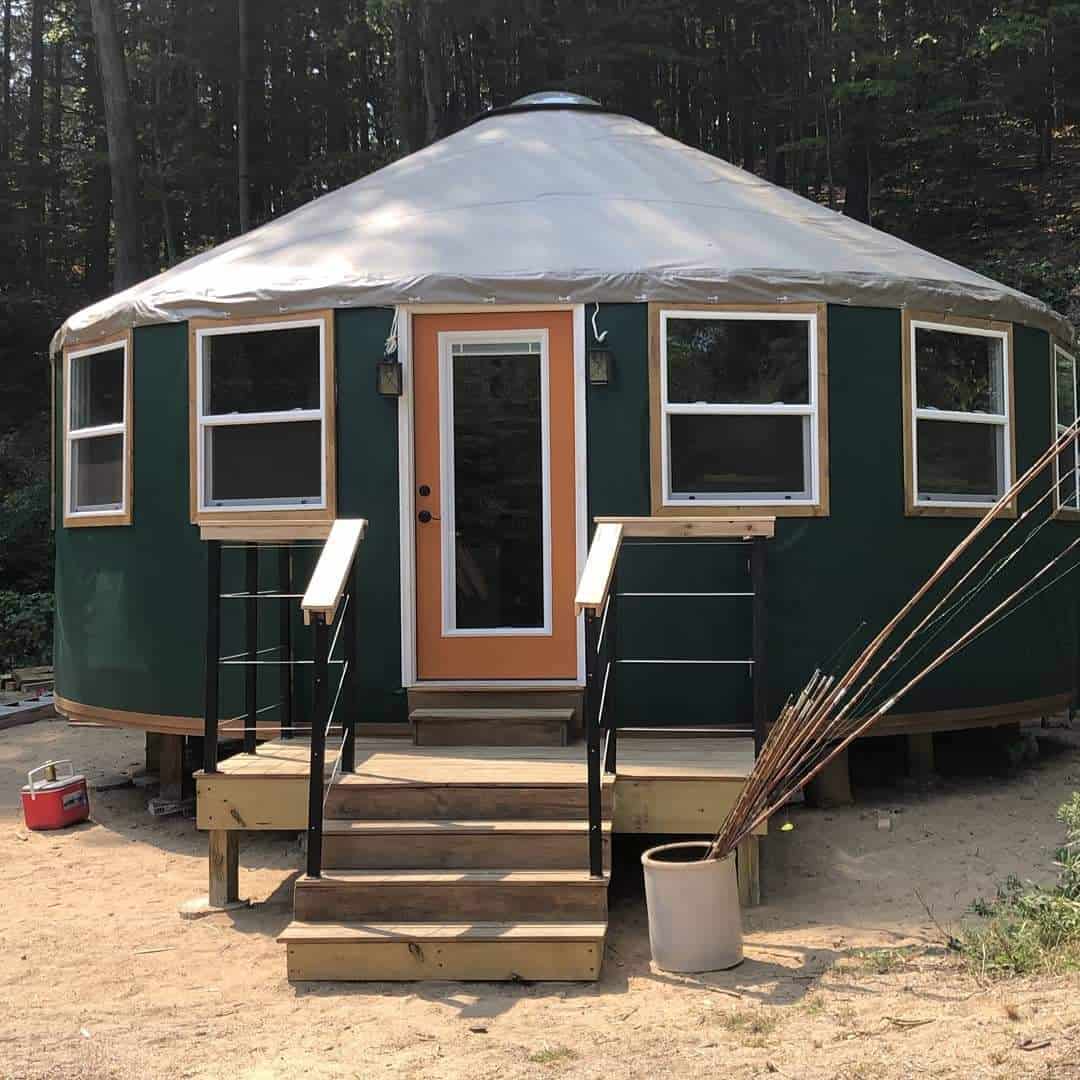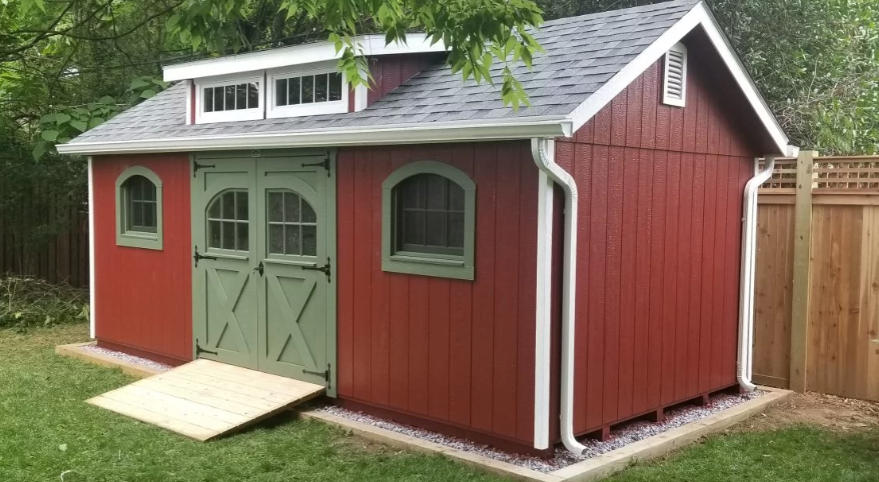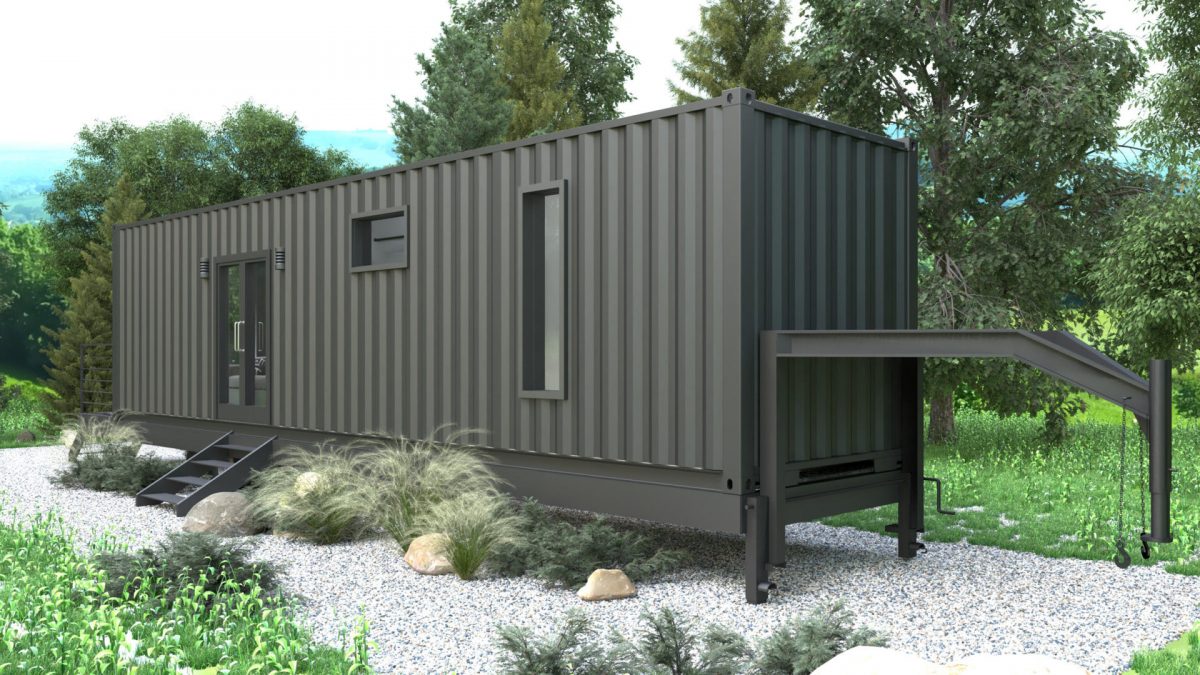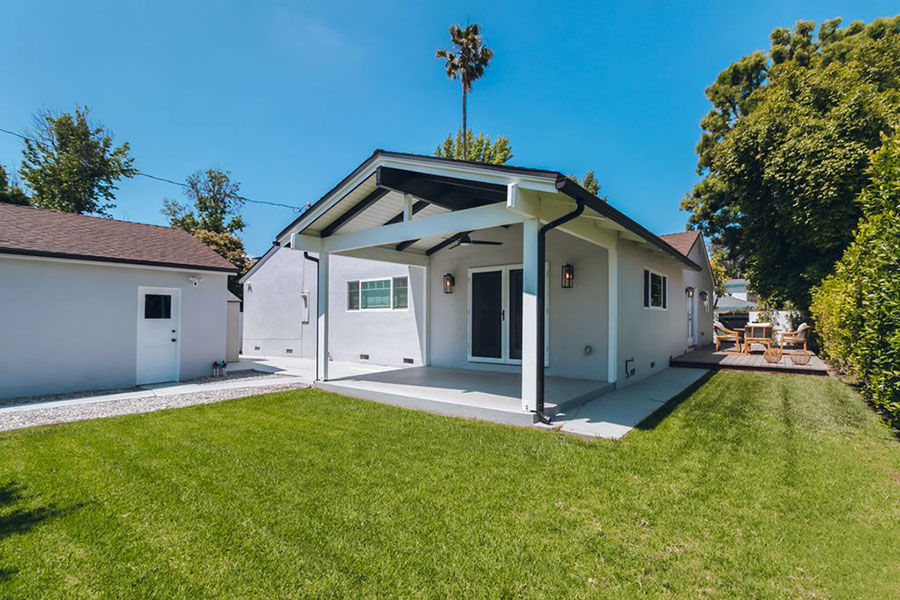The word YURT derived from the Turkish language, is a portable, circular dwelling assembled like a tent. Yurts can be used as a gym, workspace, or hobby space to relax during leisure time.
However, finding a well-designed yurt that best suits your needs is the biggest challenge. An internet search for high-quality yurts at an affordable price might give you several options, but it’s more of a waste of time. Many builders would leave no stone unturned to flatter you with fluffy sales talk to turn up a sale. Nevertheless, if you are looking for certified and trusted yurt builders, we are here to help.
TinyHouseMe is a complete online directory connecting tiny home builders with potential buyers. We showcase tiny houses on wheels, tiny homes for backyards, yurts, ADUs, cabins on wheels, and structures of similar kinds on our platform. In addition, you can now reach out to several yurt builders via us to get a quicker response and schedule an appointment with your preferred builder as soon as possible.
If you are looking for trusted yurt builders, here is the list.
Here are the top 5 Yurt Builders in the USA
California Round House: The builder has served in the USA since 1984. They are a full-service construction company, manufacturer, and installer of custom-tailored round sustainable panelized homes, structures, and studios. Based in Ukiah, they offer customized Frame Panel Code-approved supremely engineered yurts. If you want to contact the builder quickly, sign up with TinyHouseMe. We will help you quickly book an appointment with the builder.

Great Lakes Yurt Co: Thisis Michigan’s first and only yurt company. They have been in the construction game for over 30 years and can efficiently and quickly manufacture budget-friendly yurts for the Midwest and beyond. They always strive to bring about enchanting living experiences for people. They consider the exact Mongolian yurt designs and re-imagine them with top-notch building standards and ultra-modern durable materials with their professional craftsmen at work.

Living Intent Yurts Co: Debuting in the dense woods of Northern Maine, Living Intent Yurts Co started with a single yurt and a passion for a more sustainable lifestyle. Slowly, they started building yurts for their friends, neighbors, and more. For some years, they built yurt kits out of carports, garages, and more. Then, they put all the yurts and necessary tools on the back of a cargo van and drove straight to the west of California. They started as a professional yurt-building company to offer class-leading yurts at highly competitive prices. Now, they are settled in the Sierra Foothills of Northern California, offering top-notch handcrafted yurts to their customers up and down the West Coast and wherever mail is delivered. If you also want those handcrafted yurts, you first need to contact them. Now, you can connect with them directly via TinyHouseMe.Sign up with us, and we will schedule an appointment with the builder soon.

Rainier Outdoor: Are you looking for canvas cottages, handcrafted yurts, tipis, and canvas tents? Then, you should check out Rainier Outdoor.They have been providing state-of-the-art products to customers since 1896. Here you will find complete cottages with features of both yurts and wall tents in one cost-efficient shelter. They offer twenty different size combinations to fit your lifestyle and budget in the best way possible. They also offer eagle yurts that are made with a modular wall system and come with a standard 10-year warranty on roof fabric. Contact the builder via TinyHouseMe for priority service, and start living your adventure now.
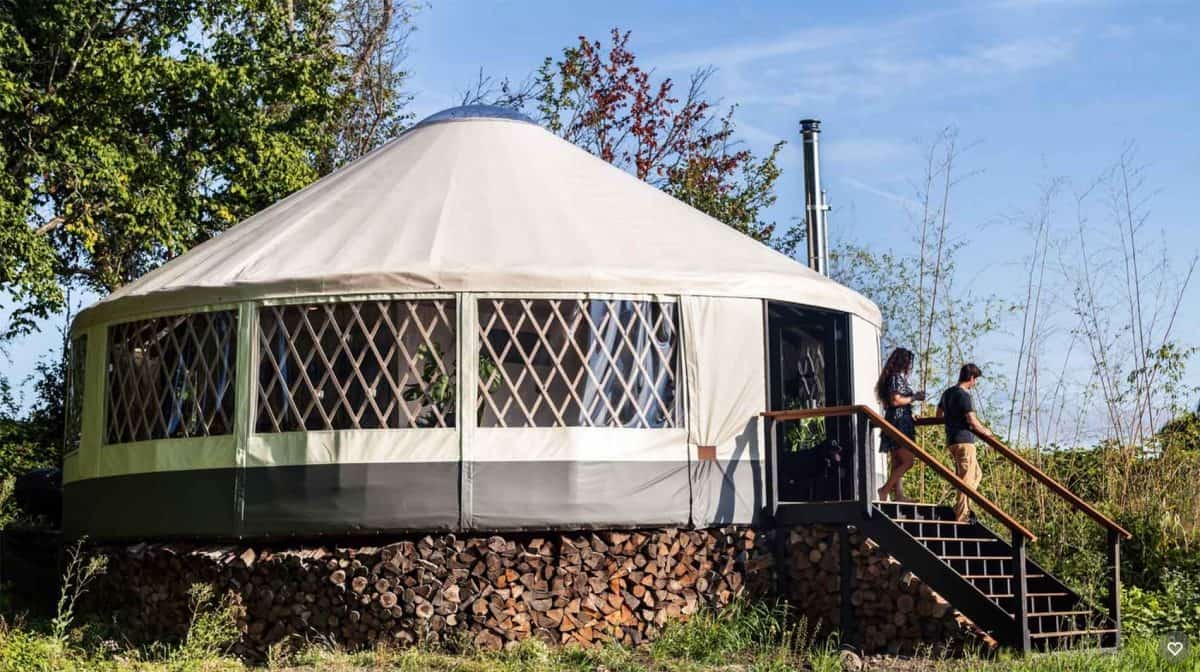
Texas Yurts Co: This builder is your premier source for custom-tailored yurts. They always strive to bring segment-leading yurts at highly competitive rates while keeping in mind the integrity of an original yurt design. Every yurt is built in our warehouse located in the Texas Hill Country. Our professional, trained, and courteous crew has years of experience building yurts, thus turning your dreams into reality. Connect directly with the builder to get your dream yurt. With TinyHouseMe, you don’t have to wait long hours in the queue. Join us, and we will schedule an appointment at the earliest.

Why connect with yurt builders via TinyHouseMe?
A quick online search would reveal different yurt builders throughout the US and Canada. However, analyzing all those builders and picking up a trusted one is hectic and time-consuming. You may find many builders offering yurts,tiny homes for backyards, homes on wheels, and other structures at inexpensive rates. But the fact is that everyone is not genuine and trusted. There is no need to go through hundreds of reviews and waste time finding the best yurt builder. Rather, sign up with TinyHouseMe, as you can connect with not one but multiple yurt builders. The aforementioned builders are a cornerstone of the business. However, if you want to contact more builders, sign up with us, and we will connect you with your preferred builder. You will also find innumerable yurt models showcased on our platform, which will help you make an informed decision.
Join the platform to avail of the following benefits:
- Multiple quotes from certified builders
- Valuable resources for planning and financing the project
- Quicker response and priority service
- Highly competitive prices
